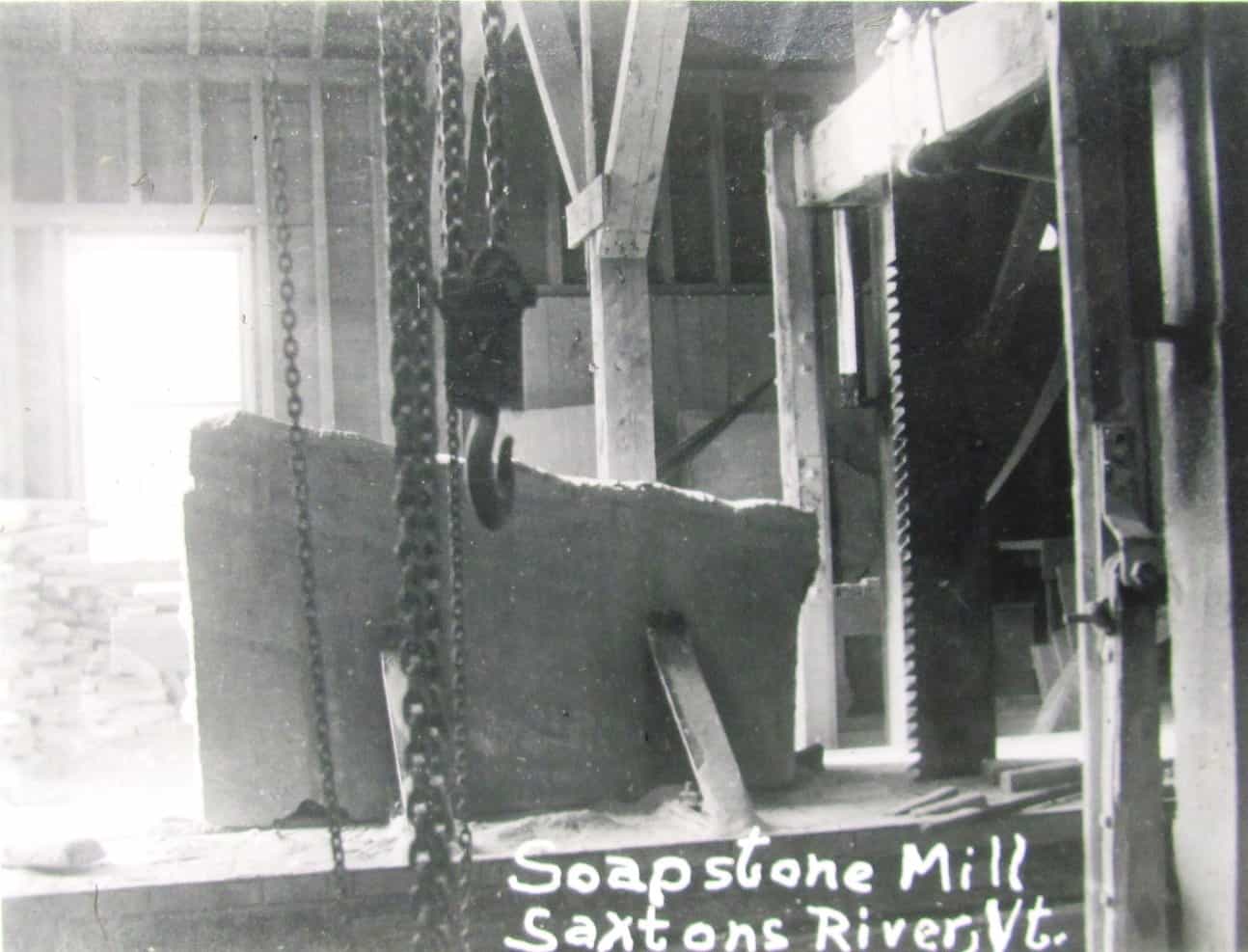
My article on water pipe last week generated a lot of questions and comments about balsam pump logs. I know balsam trees well. My father and I cut a lot of pulpwood in the early 1960s in Shrewsbury.
I was a scrawny kid, but that didn’t stop Arnold from working me. Dad limbed and cut the balsam trees into 4-foot lengths. My job, with the aid of two pulp hooks and a peavey, was to stack the 4-foot lengths in long rows.
A pulp hook is held in each hand. Pulp hooks have a very sharp point that you stick into each pulp end, and lift.
A cord of wood is 4 feet deep, 4 feet high, and 8 feet long. Once, I had 20 cords stacked on the landing. Some butts of the balsam were 2 feet or more in diameter and 4 feet long.
These butts were more than a scrawny kid could handle. This is when I used a peavey. A peavey is a tool used for rolling logs. A peavey has a round wooden handle maybe 3 feet long. The business end is two parts affixed together. The main end is pointed. Attached to the peavey head is an iron, half-round hook that swivels, with a sharp point to bite into the log.
I used the peavey with the curved hook-point biting on the underside of the pulp. With the long handle on my shoulder, I would push forward as hard as I could. The pulp would roll forward. After a while I got pretty good at it.
Because I’ve handled so much balsam and have seen many stands of balsam while hunting, I know how pump logs were selected. When balsam is growing in a stand fairly close together, the first 20 feet or so of the trees will be straight as an arrow with the smallest branches. Because the trees grow close together, branches don’t get very large until the upper half, where tips of branches have less competition for sunlight from neighboring trees. If you selected an 8-foot log from a 9-inch diameter butt log, there would be the slightest taper in the log, making it ideal for a pump log. Further, because of the small branches, knots were small, making boring with the pod auger possible.
For those who don’t know, a knot in a board is where a branch was on the tree. Small branches equal small knots. These smaller knots tend not to grow into the center of the tree where the pod auger did its work.
More on soapstone
The photo with this article is a real photo postcard. It shows a slab of soapstone about to be cut. On the right you’ll notice a vertical saw with coarse teeth. The saw cuts with an up-and-down motion. Each downward pass of the saw blade would rip a half-inch or more deep. Notice the heavy chain falls in the center foreground for lifting large pieces of soapstone on to the table.
I know
I know I have eaten just about everything that crawls, walks, flies, or swims at one time or another. I’ve eaten woodchuck, rattlesnake, hedgehog, squirrels, and believe it or not, I have eaten some crow. I have eaten muskrat, but had never eaten any beaver. I recently inherited a beaver back strap. I was surprised how bright red the meat was. There’s a thin membrane you need to remove before cooking.
I fried it in a little butter in the cast iron skillet for a few minutes on each side. I baked a potato with broccoli for a veggie. I was impressed with the meat. It didn’t have a strong gamey taste at all and very lean.
I know both baseball and trout fishing start soon. There’s a little brook I like to fish for trout. These are small trout, averaging 3 or 4 inches in length. What fun they are to catch. I did catch a lunker there last summer. He was 6 inches. Too big, so I threw him back.
I caught my limit of these short trout. What I like about these little trout is they are so small you can eat bones, tail, the crispy skin and all as a finger food. I sprinkle them with flour and fry in butter in the cast iron skillet. I have a lady friend to whom I sometimes give the days catch. She’s hooked.
This week’s old saying is meant to confuse: “Let those going out first.”